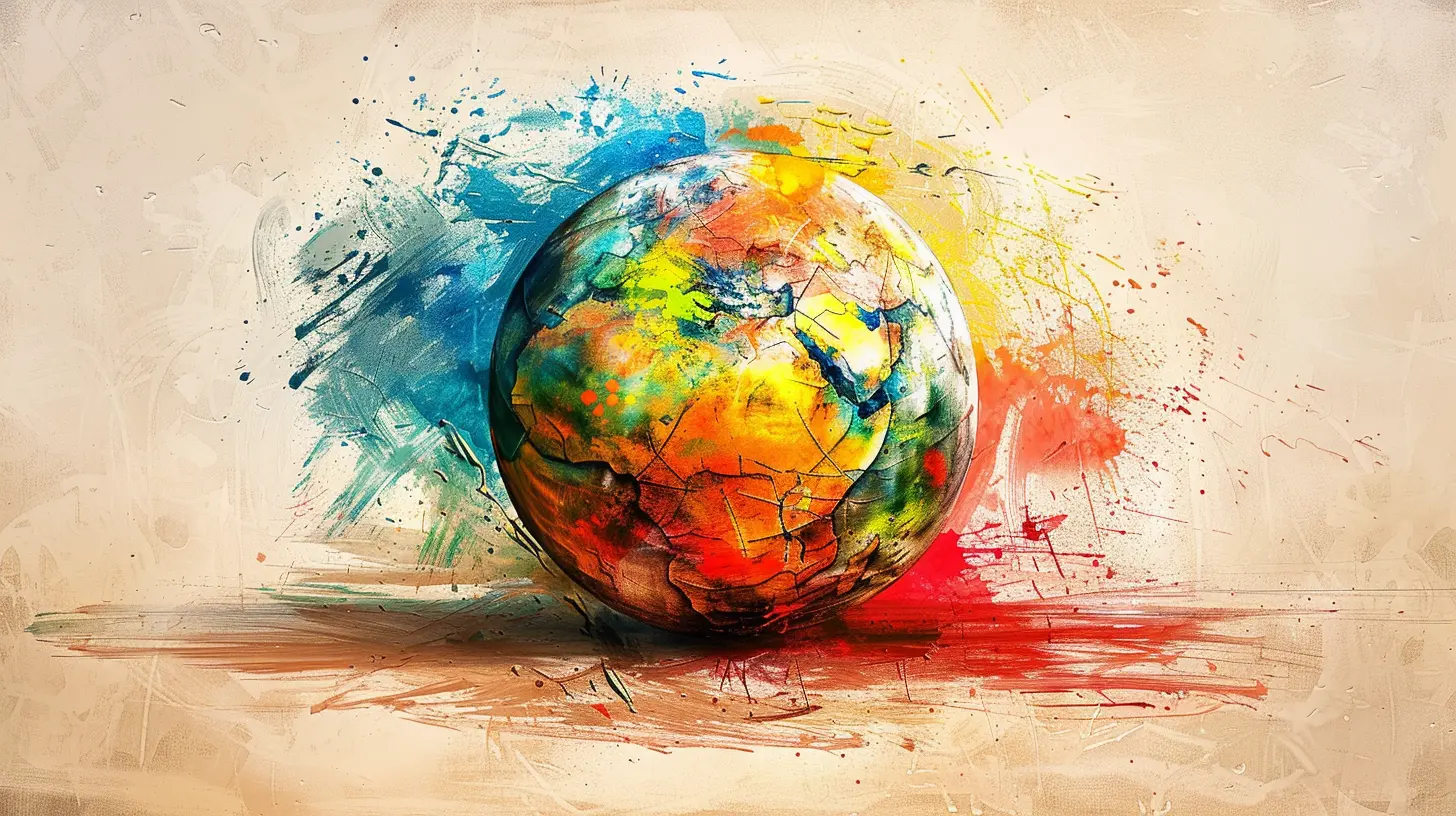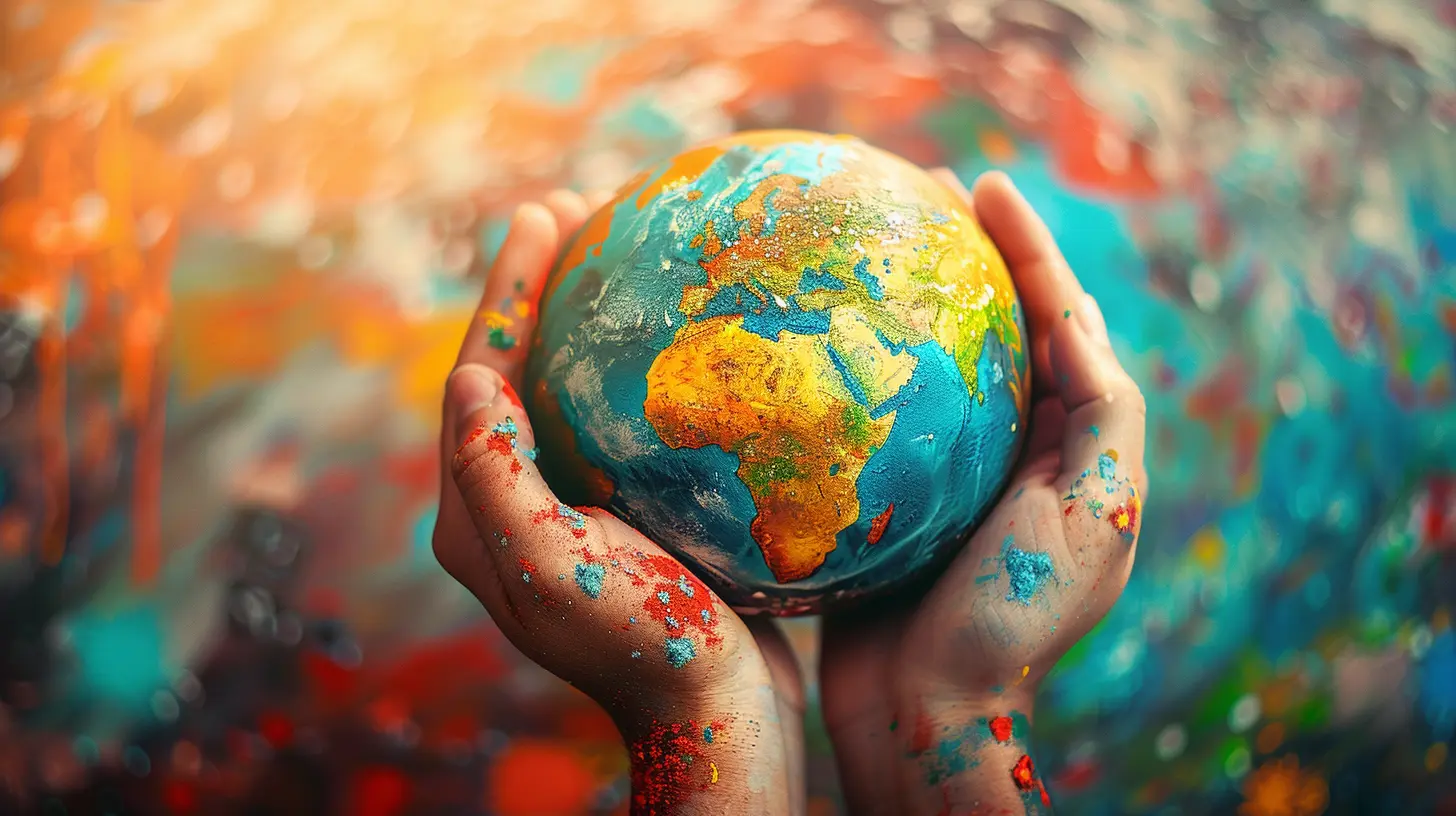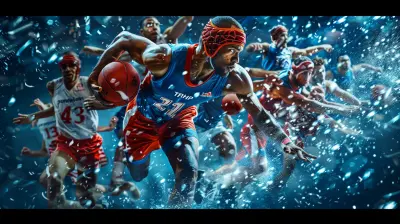Engaging the Global Fan: The Challenges and Opportunities
25 September 2025
We’re living in a time when sports fandom isn’t confined to your local bar or hometown stadium. With a few taps on a phone, fans across the globe can cheer for the same team, post their reactions in real-time, and feel like part of the action—even from thousands of miles away. Crazy, right?
In today’s digital playground, engaging the global sports fan has become both an art and a science. Between different time zones, cultural nuances, and rapidly changing technology, it's not a walk in the park. But hey, with big challenges come even bigger opportunities.
So grab your virtual season pass—let’s dive into the wild and wonderful world of global fan engagement.
Welcome to the New Arena: Globalization of Sports Fandom
Back in the day, fans had to rely on grainy radio broadcasts and next-day newspapers. Now? A fan in Tokyo can livestream a Premier League match while chatting with someone in Rio about the same goal—before the ball hits the net.Sports have smashed geographical boundaries. But with this global stage comes the need to entertain and engage people from all corners of the planet. Different languages, cultures, and expectations make it both thrilling… and a tad chaotic.
The Big Challenges in Engaging Global Fans
Let’s be real—connecting with fans in your own backyard is tough enough. Now try juggling fans from 10+ countries, each with their own idea of what "engagement" should look like. 😅1. 🌍 Time Zone Woes
Ever tried watching an NBA game in India? It’s breakfast time basketball—tip-off at 6 AM! Not exactly the most fan-friendly schedule.When fans are scattered across multiple time zones, live viewing becomes tricky. Creating content that feels relevant and timely across the globe? Even trickier.
2. 🗣️ Language Barriers
You can’t cheer for what you don’t understand. And while English might be the go-to for many leagues, fans from non-English-speaking countries often get left out in the cold.Translating press releases isn’t enough. Slang, idioms, tone—it all needs a little TLC to land just right. And let's not even talk about puns. Those rarely translate well!
3. 🌐 Cultural Differences
Different countries, different customs. What’s hilarious in one culture might offend another. From marketing campaigns to mascot dances, one size simply does not fit all.For instance, a cheeky banter-heavy promo might kill it in the UK but totally miss the mark in Japan, where respect and humility are key.
4. 📱 Platform Preferences
Think everyone’s on Twitter? Think again. In China, Twitter’s blocked. Over there, it’s all about Weibo. Meanwhile, Gen Z fans are glued to TikTok, while older fans might still be on Facebook.To truly win the engagement game, sports brands need to know where their fans are hanging out—and what kind of content they’re actually consuming.
Seizing the Opportunities: Making the World Your Stadium
Now, let’s flip the script. With those challenges come giant-sized opportunities to connect, inspire, and grow fan bases in ways we couldn’t have imagined 20 years ago.1. 📊 Data-Driven Personalization
Let’s talk tech. With all the data out there, sports leagues and brands can now personalize fan experiences like never before.Imagine logging into a sports app and seeing highlights from your favorite team, news tailored to your location, and even merch suggestions based on your past purchases. That’s not the future—it’s already happening!
Personalized content = loyal fans.
2. 🎥 Live Streaming & Digital Access
Streaming platforms have changed the game (pun intended). Fans no longer rely on cable providers or regional blackouts. From Amazon Prime to DAZN, if you’ve got Wi-Fi, you’ve got access.This opens doors for fans in lesser-served regions to finally follow sports they couldn’t before. More access means more eyeballs, more love, and oh yeah—more $$$.
3. 🌏 Authentic Localization
Here’s a pro tip: Localization is more than just translation.The NBA kills it in this department. They tailor content based on regions, with social media managers in different countries creating local memes, commentary, and highlights that resonate with their audience. It’s about creating a “home” vibe, even for faraway fans.
4. 🤝 Cross-Cultural Collaborations
Let’s talk creativity. Sports brands are linking up with international influencers, musicians, and creators to produce hybrid content that grabs attention.Think of it like a cultural mashup mixtape. When a soccer club partners with a K-pop band or a cricket team collaborates with a Bollywood star, they tap into entirely new audiences in unforgettable ways.
5. 🎮 Embracing Esports & Virtual Engagement
Don’t sleep on esports, folks. Digital sports have a massive following, especially among younger fans. Traditional sports leagues are diving into this space with branded video games, fantasy leagues, and virtual events.The NBA 2K League, FIFA eWorld Cup, and Formula 1 Esports Series are just a few examples of how sports are bridging real-world action with the digital playground.
So, What Does the Engaged Global Fan Want?
Let’s break it down. The modern global sports fan is picky. And rightly so! With so many options out there, they crave a few non-negotiables:- Access: Let me watch. Anywhere. Anytime.
- Authenticity: Talk to me like a real human, not a robot spitting out press releases.
- Inclusion: Make me feel like I belong—even if I’m watching halfway across the planet.
- Interactivity: Give me polls, behind-the-scenes footage, and yes, let me react with a meme or emoji barrage too.
Give them these, and they'll ride with your team win or lose.
Case Studies: Who’s Doing It Right?
⚽ Manchester City FC
You don’t need to be from Manchester to be a Cityzen. This club invests heavily in global content, running region-specific Twitter handles and even launching mini-docs in local languages. They know that football is global, and they meet fans where they are—literally.🏀 NBA Global Games
The NBA’s been hosting games in China, India, and Europe, bringing the action to the fans instead of the other way around. It’s part entertainment, part diplomacy, and 100% genius.🏎️ Formula 1’s Digital Reboot
Formula 1 went from being seen as a "rich man's sport" to a Gen Z darling thanks to Netflix’s “Drive to Survive.” That docuseries singlehandedly exploded their global fanbase. It’s storytelling on steroids—and absolutely worth the watch, even if you don’t know your Lewis from your Lando.Final Buzzer: The Future of Global Fan Engagement
So, where does it all go from here? Well, the playbook is still being written. But one thing’s for sure—technology will be the MVP of the game.From AI-driven fan recommendations to immersive VR experiences, the possibilities are endless. Picture this: you pop on a headset and watch a game from courtside. No plane ticket. No lines at the concession stand. Just you and the action in glorious 360°.
Sports is no longer just about the game. It's about the experience, the connection, and the feeling of being part of something bigger—no matter where you are in the world.
So whether you're doing the wave in Wisconsin or tuning in from Tokyo, remember: in today's global sports world, fan engagement isn't limited by borders—it’s only limited by imagination.
Frequently Asked Questions (FAQ)
Q: Why is global fan engagement important?
A: The more fans a sport or team can engage globally, the more revenue, reach, and influence it gains. Plus, it turns local sports into global phenomena.Q: How can smaller teams or leagues engage global fans?
A: With smart use of digital tools, social media, and localized content. You don’t need Super Bowl-level budgets—just creativity and consistency.Q: What's the role of social media in global fan engagement?
A: It's the glue that connects global fans in real-time. From live reactions to fan shoutouts, it’s a game-changer for building online communities.Final Thoughts
The sports world isn’t just crossing borders—it’s building bridges. Engaging global fans may come with a few extra hoops to jump through, but the payoff? Totally worth it.Whether you’re a league looking to expand your reach, a brand hoping to score big with fans overseas, or just a die-hard supporter sharing memes at 2 AM—remember, we’re all playing on the same team now.
Let’s hear it for the global fans—the heart, soul, and digital lifeblood of modern sports.
all images in this post were generated using AI tools
Category:
Fan EngagementAuthor:

Everett Davis
Discussion
rate this article
1 comments
Nolan Jordan
This article highlights essential insights on the evolving landscape of global sports fandom. Addressing challenges while seizing opportunities is crucial for teams and leagues to thrive in a diverse market.
October 3, 2025 at 3:21 AM

Everett Davis
Thank you for your insightful comment! I appreciate your engagement with the article's themes on navigating the complexities of global sports fandom.


